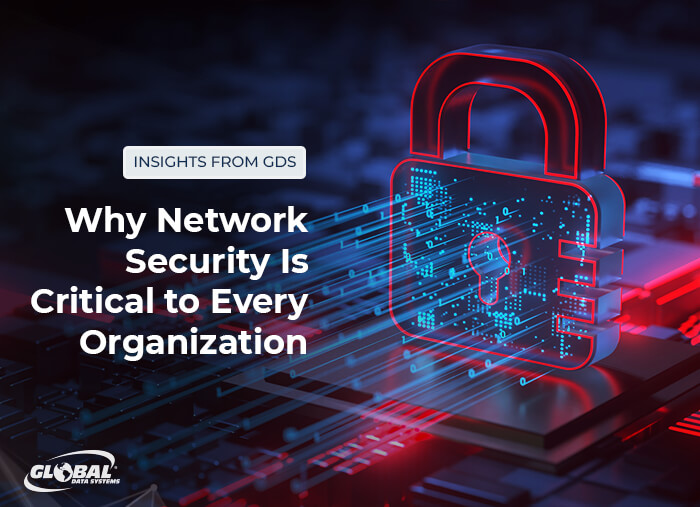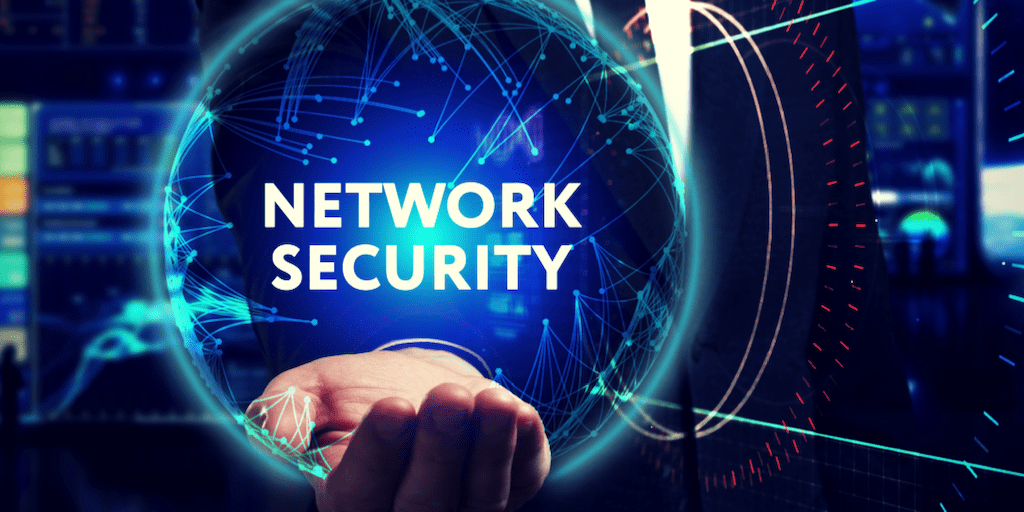Data and Network Security: Key Strategies to Safeguard Your Digital Infrastructure
Data and Network Security: Key Strategies to Safeguard Your Digital Infrastructure
Blog Article
Exactly How Information and Network Safety And Security Safeguards Versus Arising Cyber Hazards
In an era noted by the rapid advancement of cyber dangers, the value of data and network safety and security has never been more noticable. Organizations are progressively reliant on sophisticated safety and security measures such as security, accessibility controls, and positive surveillance to safeguard their electronic possessions. As these threats end up being a lot more complicated, understanding the interplay in between information protection and network defenses is important for minimizing threats. This conversation aims to explore the crucial parts that strengthen an organization's cybersecurity stance and the approaches needed to stay ahead of potential susceptabilities. What remains to be seen, nevertheless, is exactly how these steps will certainly advance in the face of future obstacles.
Recognizing Cyber Risks

The ever-evolving nature of modern technology consistently introduces brand-new susceptabilities, making it necessary for stakeholders to stay alert. People may unconsciously succumb social design techniques, where aggressors control them right into divulging delicate details. Organizations face special challenges, as cybercriminals commonly target them to exploit useful information or disrupt operations.
Furthermore, the rise of the Web of Things (IoT) has actually broadened the strike surface, as interconnected tools can act as entry points for aggressors. Identifying the importance of durable cybersecurity practices is essential for alleviating these dangers. By promoting an extensive understanding of cyber companies, risks and individuals can implement effective strategies to secure their electronic possessions, ensuring durability despite a significantly complicated threat landscape.
Secret Elements of Information Safety
Making sure data security requires a complex approach that encompasses numerous key components. One essential element is data encryption, which changes sensitive details into an unreadable format, obtainable only to accredited customers with the proper decryption tricks. This acts as a critical line of protection against unapproved accessibility.
One more important element is accessibility control, which manages that can watch or adjust information. By applying stringent user verification procedures and role-based gain access to controls, companies can reduce the risk of insider dangers and information breaches.

In addition, information covering up techniques can be employed to secure delicate details while still permitting its use in non-production environments, such as screening and development. fft perimeter intrusion solutions.
Network Safety Approaches
Applying durable network security approaches is essential for protecting an organization's electronic facilities. These techniques entail a multi-layered approach that consists of both software and hardware options designed to safeguard the integrity, confidentiality, and availability of information.
One important element of network safety is the deployment of firewalls, which function as an obstacle between trusted inner networks and untrusted outside networks. Firewall softwares can be hardware-based, software-based, or a combination of both, and they aid filter outgoing and inbound traffic based upon predefined security regulations.
Furthermore, breach detection and prevention systems (IDPS) play a crucial role in keeping an eye on network website traffic for dubious activities. These systems can alert managers to possible breaches and act to alleviate threats in real-time. Consistently patching and updating software application is likewise vital, as susceptabilities can be made use of by cybercriminals.
Furthermore, executing Virtual Private Networks (VPNs) makes certain safe remote gain access to, securing information transmitted over public networks. Segmenting networks can minimize the assault surface area and contain prospective breaches, limiting their influence on the overall framework. By embracing these strategies, organizations can effectively fortify their networks against emerging cyber risks.
Finest Practices for Organizations
Establishing best techniques for organizations is important in keeping a solid security posture. A thorough method to data and network protection starts with regular danger evaluations to identify vulnerabilities and potential threats. Organizations must implement robust accessibility controls, making certain that only authorized employees can access sensitive information and systems. Multi-factor authentication (MFA) should be a common requirement to improve protection layers.
In addition, continuous worker training and understanding programs are essential. Employees should be enlightened on identifying phishing efforts, social engineering methods, and the value of adhering to security protocols. Normal updates and patch monitoring for software application and systems are likewise crucial to secure against recognized vulnerabilities.
Organizations need to evaluate and establish occurrence action plans to make certain readiness for potential breaches. This consists of establishing clear interaction networks and duties during a safety occurrence. Data encryption must be used both at remainder and in transit to safeguard sensitive info.
Lastly, carrying out periodic audits and conformity checks will assist guarantee adherence to recognized plans and pertinent laws - fft perimeter intrusion solutions. By following these ideal methods, companies can dramatically improve their durability versus emerging cyber dangers and protect their essential assets
Future Trends in Cybersecurity
As organizations navigate a progressively intricate digital landscape, the future of cybersecurity is positioned to develop dramatically, driven by changing and arising technologies risk standards. One prominent trend is the combination of expert system (AI) and artificial intelligence (ML) into protection structures, permitting real-time threat detection and response automation. These technologies can examine vast quantities of data to determine abnormalities and potential breaches more effectively than typical approaches.
One more data cyber security vital pattern is the increase of zero-trust design, which requires continuous verification of user identifications and gadget protection, despite their location. This approach lessens the risk of insider dangers and boosts security against external strikes.
In addition, the raising adoption of cloud solutions demands robust cloud safety and security techniques that deal with one-of-a-kind vulnerabilities connected with cloud atmospheres. As remote work becomes a long-term fixture, securing endpoints will also end up being extremely important, leading to an elevated focus on endpoint discovery and action (EDR) options.
Lastly, governing compliance will certainly continue to shape cybersecurity practices, pressing companies to embrace extra stringent information protection measures. Welcoming these patterns will certainly be essential for organizations to fortify their defenses and navigate the developing landscape of cyber threats effectively.
Conclusion
In conclusion, the execution of durable information and network protection actions is essential for companies to guard against emerging cyber threats. By making use of security, access control, and efficient network protection methods, companies can substantially lower susceptabilities and shield delicate info. Adopting ideal practices further enhances resilience, preparing companies to encounter evolving cyber challenges. As cybersecurity remains to evolve, remaining notified concerning future trends will certainly be critical in maintaining a strong defense versus possible hazards.
In an age marked by the fast advancement of cyber risks, the value of data and network safety and security has never ever been extra pronounced. As these threats become a lot more complex, comprehending the interaction in between data protection and network defenses is vital for alleviating dangers. Cyber risks incorporate a wide variety of destructive activities intended at compromising the discretion, honesty, and schedule of networks and data. A detailed method to data and network security starts with routine threat assessments to determine susceptabilities and potential threats.In verdict, the application of durable data and network security actions is essential for companies to protect versus emerging cyber risks.
Report this page